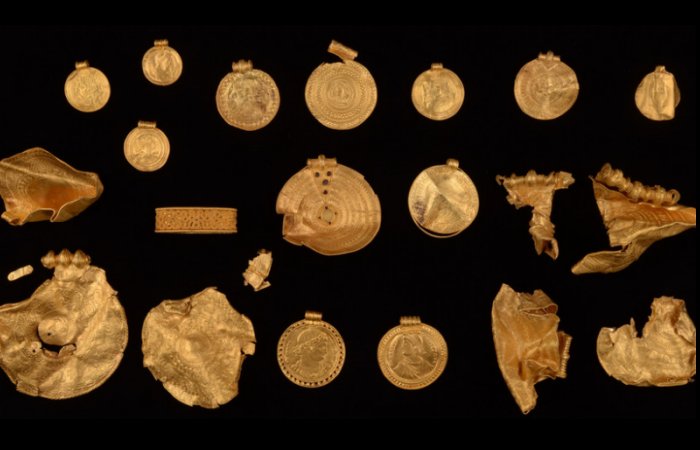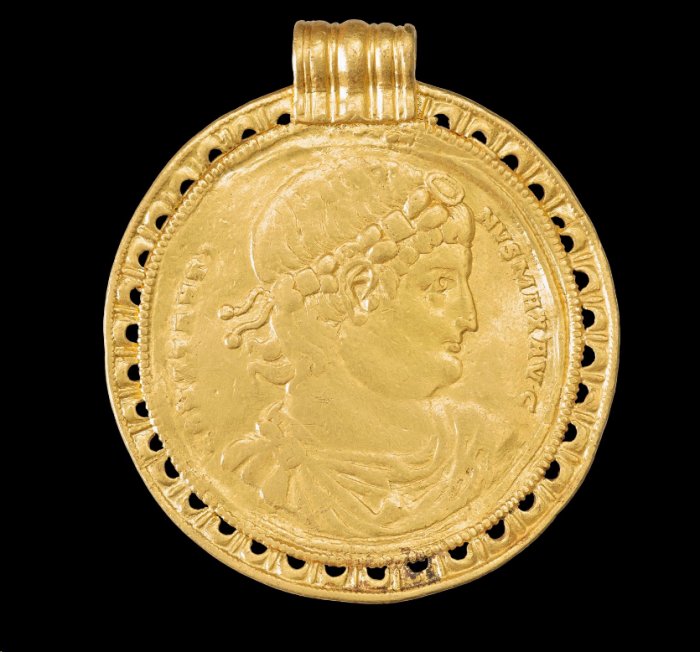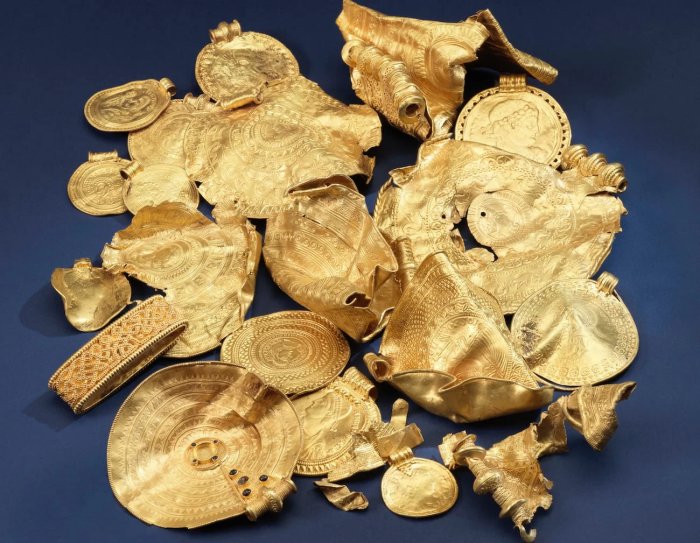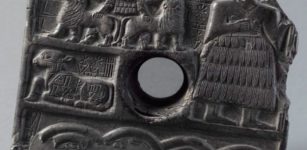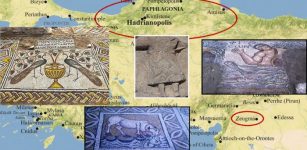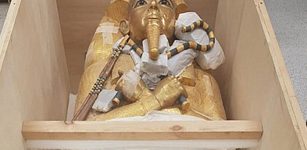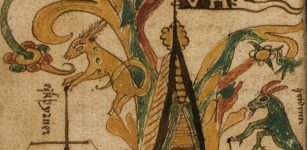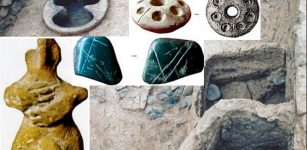Vindelev Treasure – Surprising Evidence Of Nordic Connection With The European Iron Age Elite
Jan Bartek - AncientPages.com - The Vindelev treasure is remarkable in many ways. The more scientists investigate it, the more surprised they are.
With 800 grams of real gold, the Vindelev treasure is one of the largest treasures unearthed recently. Unearthed in a field in Jelling, Denmark, by two amateur archaeologists who are long-time friends, this treasure trove from 2020 offers new insights into our past and reshapes our understanding of ancient history. The discovery is of the utmost importance because we now have evidence of Norse mythology 150 years earlier than previously - already at the beginning of the 4th century.
Credit: Konserveringscenter Vejle
As reported previously, when examining the Vindlev treasure last year, scientists found
the world's oldest Runic inscription of God Odin on ancient gold pendants.
A recent study of the magnificent ancient treasure reveals that an unknown Jutland lord was probably part of a European power elite.
A senior researcher at the National Museum, Helle Horsnæs, has examined the four Roman gold medals that constitute a portion of the treasure.
According to a study published in the Numismatic Chronicle, the Vidlev treasure is linked to Poland and the Roman Empire. The new analysis reveals that the European network at this time in the Iron Age was widely branched and that the European elite were already connected to each other back then.
Roman medallion from the Vindelev treasure. Credit: Nationalmuseet
Large gold medallions are usually thought to have been used as gifts from the Imperial House to leading Roman senators and generals, while the slightly smaller medallions may have been gifts to Roman knights. But the four gold medallions from the Vindelevskatten have all been on long journeys.
They were issued by four different emperors in the fourth century and, among other things, had rings attached outside the Roman Empire so that they could function as pendants for women.
Therefore, it also suggests that it is not a gift that the powerful person from Vindelev received directly from the Roman emperor but that the medallions have been exchanged several times, just as has happened to other medallions in Northern Europe, and that they may have been passed down as a kind of crown jewel in the Vindelev family.
One of the medallions has particularly attracted Helle Horsnæs' attention. It is stamped with precisely the same stamp as a medallion found in Zargozyn, Poland.
Credit: Nationalmuseet
The two medallions have, therefore, been followed out of the Roman Empire, after which they have had rings attached in the same workshop and reworked into pendants. After that, one may have taken different detours to Zargorzyn in Poland and the other to Vindelev in Denmark.
"The find in Vindelev is absolutely crazy! Other exciting gold finds exist in the East Jutland area, but Vindelev is just bigger on all parameters. We don't have any signs that there was supposed to be a power base in Vindelev at this time, so it is surprising for us to find objects that show local power and European connections.
This really puts Vindelev on the European map and places the owner at the highest European level,” Horsnæs says in a press release.
The medallions were issued by the Roman emperors Constantine the Great (306-337AD.), Constans (337-350AD.), Valentinian I (364-375AD.) and Gratian (367-383AD.).
See also: More Archaeology News
The researchers believe the large gold medallions have probably changed hands several times since they were minted in a Roman mint and until they ended up in the ground in the field in Vindelev.
It has been suggested that the treasure was laid down as a sacrifice in connection with the climatic disaster of 536 or was buried in a longhouse in connection with a time of crisis, such as the Justinian Plague in the 540s.
Written by Jan Bartek - AncientPages.com Staff Writer

